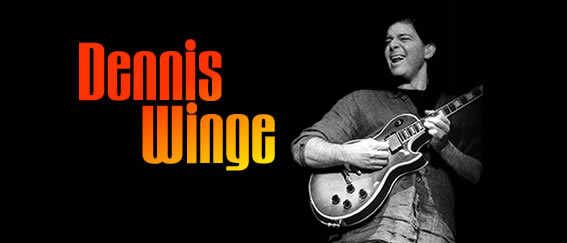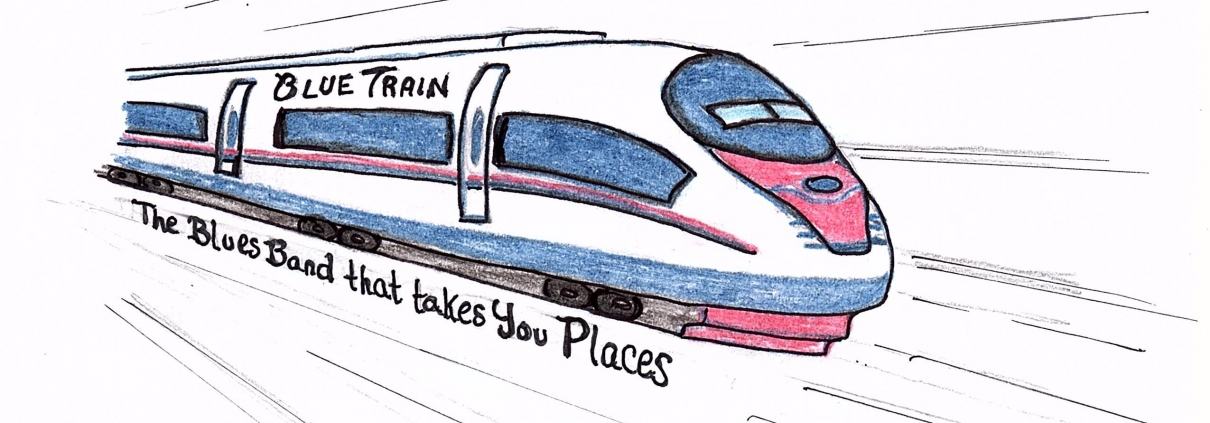Bringing the Blues to Life
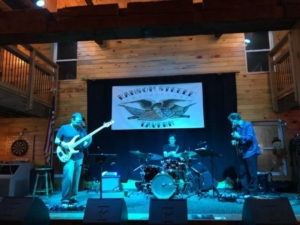 The blues is more than a musical style—it’s a vehicle for adventure. That’s been my philosophy for years, and it’s the guiding principle behind Blue Train, the blues band I lead in the Myrtle Beach region. Our subtitle, “The Blues Band That Takes You Places,” isn’t just a catchy phrase. It’s a mission.
The blues is more than a musical style—it’s a vehicle for adventure. That’s been my philosophy for years, and it’s the guiding principle behind Blue Train, the blues band I lead in the Myrtle Beach region. Our subtitle, “The Blues Band That Takes You Places,” isn’t just a catchy phrase. It’s a mission.
Blues, like any true art form, should be about expression—not limitation. Yet somewhere along the line, it became formulaic for many players. You’ll hear 12-bar after 12-bar, same chord progressions, same turnarounds, same licks. But the blues didn’t start out that way. Some of the early pioneers didn’t count measures. They felt their way through a song, and the number of bars didn’t matter as long as the spirit was there. In that sense, what I’m doing with Blue Train is more traditional than the so-called traditionalists.
Here’s the link to our band Blue Train with plenty of videos that show some of the philosophy behind the way we play below.
The Lesser Known Elements
The 7 elements of music are harmony, rhythm, melody, dynamics, form, texture, and timbre, and these all contribute to crafting a performance that feels alive, not rehearsed. Once the song starts, the arrangements unfold organically. That’s possible because we listen.
Some of the 7 elements are more static in a trio format, though. With bass and drums as the core rhythm section, the timbre doesn’t shift dramatically unless I change the tone on my guitar. Regarding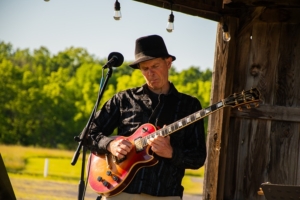 texture, I can play single-note lines, double stops, triads, or big juicy chords that fill the space but overall the texture of the band doesn’t change that much.
texture, I can play single-note lines, double stops, triads, or big juicy chords that fill the space but overall the texture of the band doesn’t change that much.
Regarding form, Blue Train embraces the roots but goes beyond the template. We might play a tune that’s 11 bars long. Or 13. We mix straight feels with shuffles. We jump between slow burners, uptempo jams, and mid-tempo grooves. I’ve actually organized our repertoire into feel-based categories so that even when we don’t work off a formal setlist (which is often), we’re still ready to pick the next song on the fly and keep the energy flowing in a balanced way.
The Power of Dynamics
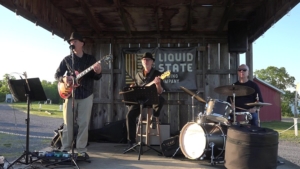 One of the most overlooked elements in modern music is dynamics. Too many bands play at one volume, all the time. But if you listen to classical music, it breathes. It swells, it whispers, it roars. We try to bring that same sense of contour to our playing. A song should be a journey, not a plateau.
One of the most overlooked elements in modern music is dynamics. Too many bands play at one volume, all the time. But if you listen to classical music, it breathes. It swells, it whispers, it roars. We try to bring that same sense of contour to our playing. A song should be a journey, not a plateau.
We might start a tune barely above a whisper, then build it slowly into a storm. Or drop from a full-band jam into near silence. Dynamics create drama—and drama keeps the listener hooked.
Now that we’ve discussed the lesser known elements of texture, timbre, form and dynamics, let’s go to the ‘big 3’ – rhythm, melody & harmony.
Rhythm is Everything
Of the seven elements, rhythm might be the most foundational. Over time, I’ve come to see the guitar as a rhythm instrument, even when I’m soloing. Music is a time-based art. A note played out of time loses its meaning. But a simple note placed just right can groove forever.
its meaning. But a simple note placed just right can groove forever.
That’s why I dig deep into rhythmic exploration. In a shuffle groove, for example, you have twelve subdivisions per bar. The number of ways you can organize those onsets and rests is staggering—there are 4,096 possible combinations in just one bar of triplet-based time. And that’s just scratching the surface.
I’ve done entire video series on how African polyrhythms, Cuban grooves, and jazz phrasing can inform blues rhythm. It’s not about turning the blues into something else—it’s about revealing its hidden depths.
Melody with Intention
Melody is another area where I strive to be personal. The first thing I do is choose a key that fits my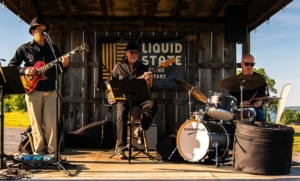 voice. A lot of players try to mimic the original recordings, but that doesn’t work for everyone. If a tune is originally in E and I sing better in D, then D it is. The blues is about emotional truth—not technical accuracy.
voice. A lot of players try to mimic the original recordings, but that doesn’t work for everyone. If a tune is originally in E and I sing better in D, then D it is. The blues is about emotional truth—not technical accuracy.
And when it comes to guitar solos, the temptation is always there to fill space with fast runs and fancy licks. But as King Oliver once told a young Louis Armstrong, “Boy, why don’t you learn to play a simple melody before you play all them embellishments?” That hits home. There’s an understated power in playing a simple, soulful line with great tone and phrasing. It’s not easy—but it’s worth it.
Jazz-Influenced Harmony
Now let’s talk harmony. There’s a joke I love: a blues player plays three chords for a thousand people,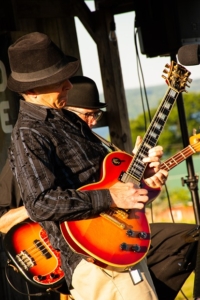 and a jazz player plays a thousand chords for three people. I live somewhere in between.
and a jazz player plays a thousand chords for three people. I live somewhere in between.
While the blues foundation is typically I–IV–V, that doesn’t mean we’re stuck with it. I love exploring substitutions—tritone subs, diminished passing chords, altered dominants, even whole tone colors now and then. The trick is to do it tastefully, in a way that still feels like the blues. It’s not about sounding “jazzy” for its own sake; it’s about stretching the harmonic palette to make the music more expressive.
In Blue Train, you’ll hear chords you won’t find in most blues bands. Not because I’m trying to be different—but because I have a background in jazz and I bring that to the table. It’s part of our identity.
The Adventure Mindset
What sets Blue Train apart is our spirit of adventure. We don’t have set arrangements, and our setlists are flexible. That spontaneity gives us the freedom to take the audience on a ride every time we hit the stage.
Sometimes we’ll engage the crowd directly—have them sing back a line, or echo a rhythm. Other times we just focus on locking in the groove and letting the energy speak for itself. If I see people dancing, I’ll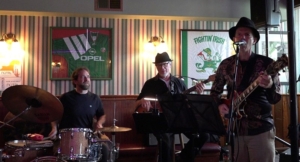 walk out onto the dance floor with my wireless guitar rig and join them. That connection is what it’s all about.
walk out onto the dance floor with my wireless guitar rig and join them. That connection is what it’s all about.
We’ve got a special private event coming up soon for a couple’s 25th anniversary. They love the blues, and I can’t wait to play for them. It’s gigs like these that remind me how deeply music can touch people.
Where We’re Going
The blues has a rich past, but it’s not a museum piece. It’s a living, breathing art form. And like any living thing, it thrives on growth and change. Blue Train honors the tradition, but we don’t worship it. We use it as a springboard.
Whether we’re playing B.B. King or bending the rules with an original arrangement, we aim to take you somewhere—to surprise you, to move you, to wake something up inside.
That’s what bringing the blues to life means to me.
—
If you are planning a wedding, private party, or corporate event and you want to explore your options for musicians to provide live music, book a free music consultation with me or simply write to me on the contact page.
